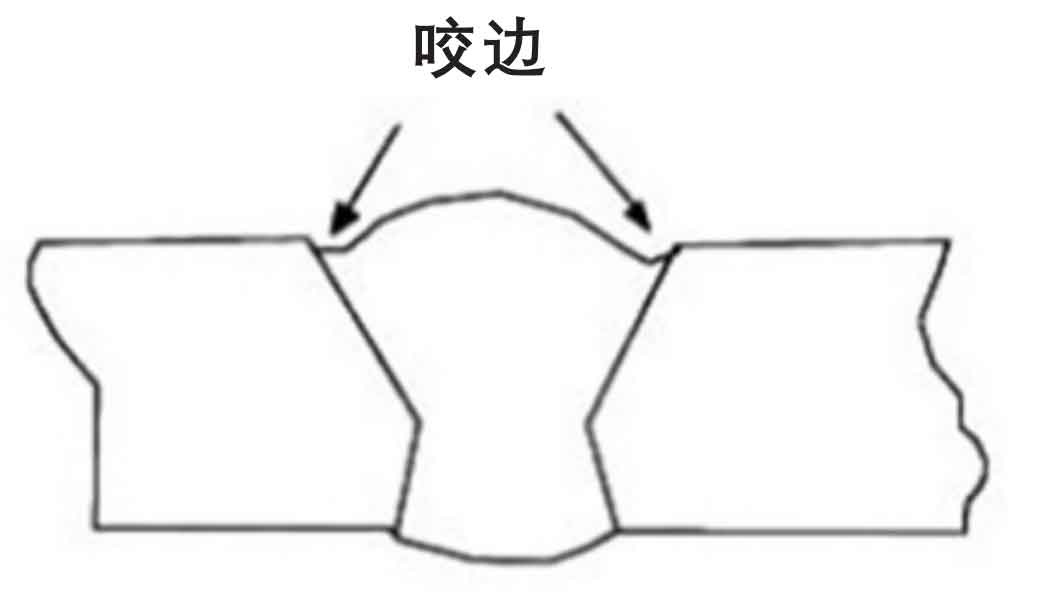Best Overview to Preventing Weld Undercut: Tips and Techniques
Best Overview to Preventing Weld Undercut: Tips and Techniques
Blog Article
Grasping the Art of Welding: Just How to Avoid Undercut Welding Issues for Flawless Manufacture Outcomes
Effectiveness and precision are vital worldwide of welding, where even the smallest imperfection can endanger the architectural integrity of a fabricated piece. One common challenge that welders face is undercutting, an issue that can lead and deteriorate a weld joint to pricey rework. By comprehending the source of undercut welding and carrying out efficient methods to avoid it, welders can elevate their craft to brand-new degrees of excellence (Preventing weld undercut). In the quest of perfect fabrication outcomes, mastering the art of welding to stay clear of undercut issues is not just an ability but a need for those pursuing excellence in their job.
Understanding Undercut Welding

To stop undercut welding, welders should ensure correct welding specifications, such as readjusting the present, voltage, traveling rate, and keeping the right electrode angle. In addition, utilizing the ideal welding technique for the particular joint arrangement is necessary. Using weaving activities or backstepping techniques can assist make certain appropriate weld steel deposition and lower the possibility of undercut formation. Normal evaluation of welds throughout and after the welding procedure is also critical to capture any type of undercut very early and make necessary adjustments to stop additional issues. Preventing weld undercut. By comprehending the root causes of undercut welding and applying preventive measures, welders can accomplish top notch, structurally audio welds.
Root Causes Of Undercut in Welding
Comprehending the variables that add to damage in welding is necessary for welders to produce top notch, structurally audio welds. When the weld steel does not appropriately load the groove formed in between the base steel and the previously deposited weld steel, damaging takes place. Numerous elements can result in undercut in welding. One typical cause is excessive warm input. Welding at heats for extended durations can cause the original site base metal thawing more than preferred, causing damage. Insufficient welding incorrect or present welding speed can also contribute to damage. Insufficient current might not supply enough heat to thaw the base and filler metals properly, while extreme speed can stop correct fusion, causing undercut. Furthermore, inappropriate electrode angles or wrong torch adjustment methods can produce areas of reduced weld metal deposition, promoting undercut. Recognizing these causes and carrying out proper welding strategies can assist avoid damaging problems, making certain strong and durable welds.
Methods to avoid Undercutting

To reduce the threat of undercutting in welding, welders can use calculated welding techniques intended at improving the top quality and honesty of the weld joints. In addition, using the correct welding method for the particular joint configuration, such as weave or stringer beads, can add to minimizing damaging.
Utilizing back-step welding strategies and managing the weld bead profile can also aid distribute heat evenly and minimize the threat of undercut. Routine evaluation of why not try this out the weld joint throughout and after welding, as well as applying quality assurance actions, can help in attending to and discovering undercutting issues immediately.
Relevance of Appropriate Welding Specifications
Selecting and preserving suitable welding specifications is necessary for attaining effective welds with marginal issues. Welding specifications refer to variables such as voltage, current, take a trip rate, electrode angle, and protecting gas circulation rate that directly affect the welding procedure. These parameters need to be thoroughly readjusted based on the kind of product being welded, its thickness, and the welding technique employed.
Appropriate welding criteria make sure the correct amount of warm is used to melt the base steels and filler product uniformly. If the criteria are set expensive, it can cause too much warm input, triggering burn-through, distortion, or spatter. On the other hand, if the criteria are also reduced, insufficient blend, lack of penetration, or damaging may happen.
Quality Control in Welding Operations

Conclusion
Finally, understanding the art of welding needs a thorough understanding of undercut welding, its causes, and methods to avoid it. By making sure proper welding parameters and implementing quality control practices, flawless construction results can be achieved. It is essential for welders to regularly pursue excellence in their welding operations to prevent undercut problems and create top notch welds.
Undercut welding, a common issue see this here in welding processes, takes place when the weld metal doesn't effectively fill up the groove and leaves a groove or depression along the bonded joint.To prevent undercut welding, welders must ensure proper welding criteria, such as changing the current, voltage, travel speed, and maintaining the correct electrode angle. Insufficient welding current or wrong welding speed can likewise add to damage.To minimize the risk of undercutting in welding, welders can use calculated welding techniques aimed at enhancing the high quality and stability of the weld joints.In conclusion, mastering the art of welding requires a complete understanding of undercut welding, its reasons, and strategies to stop it.
Report this page